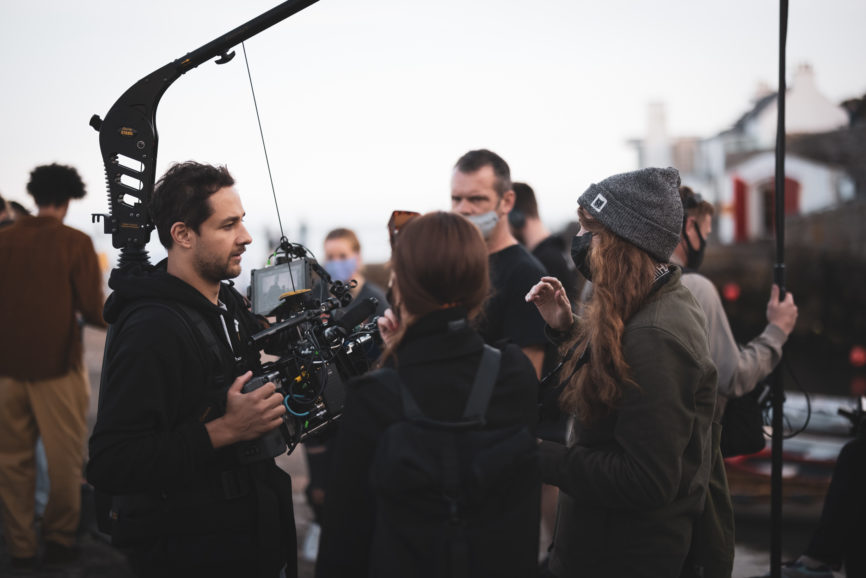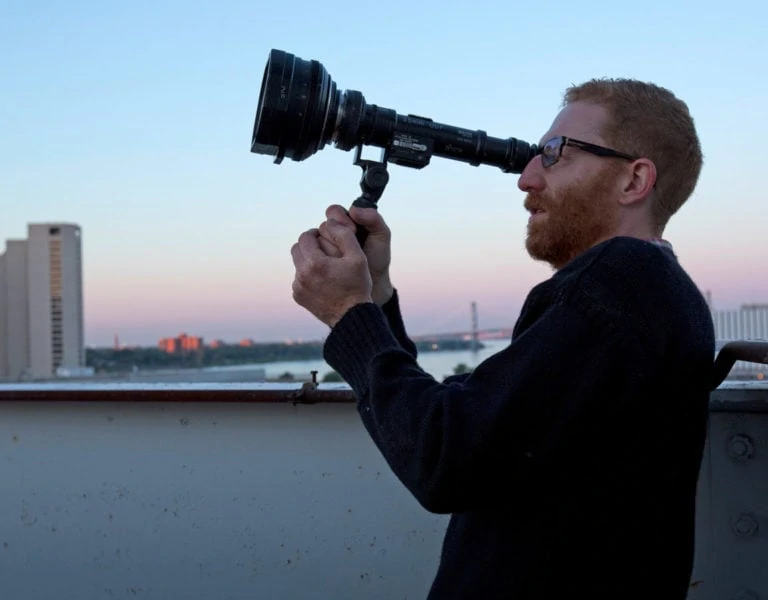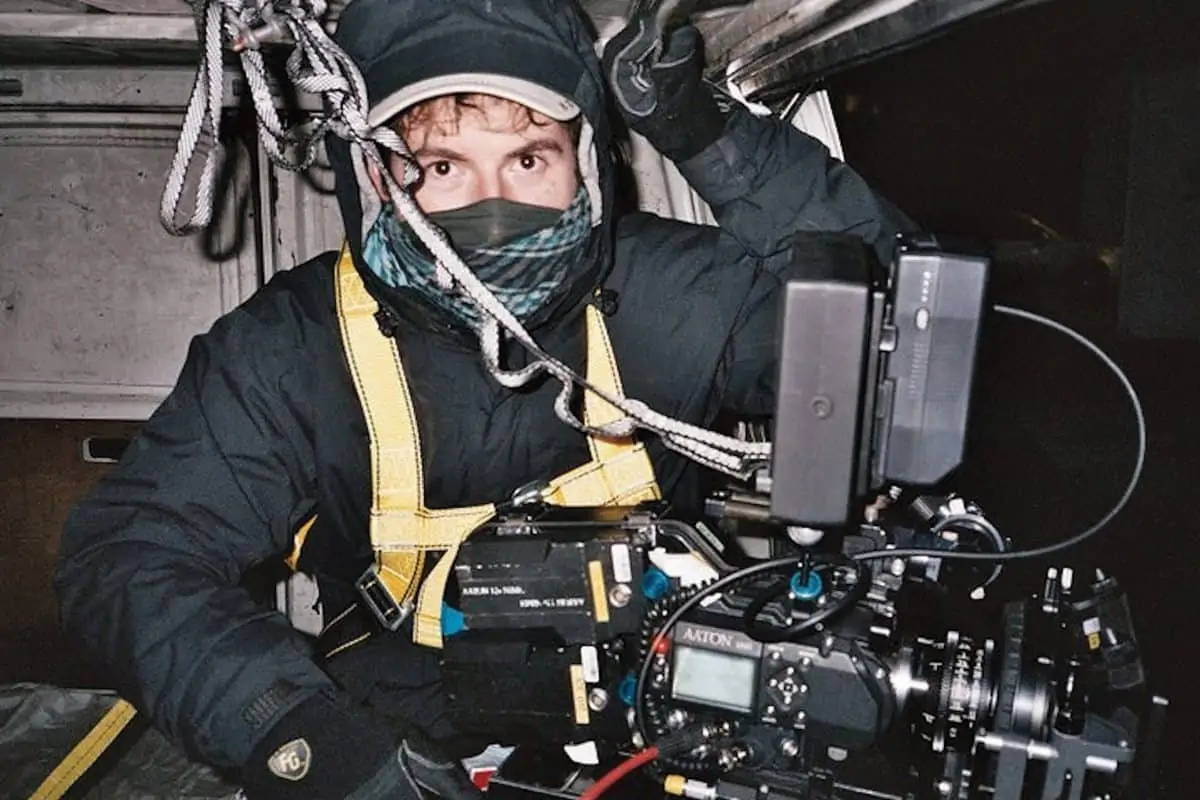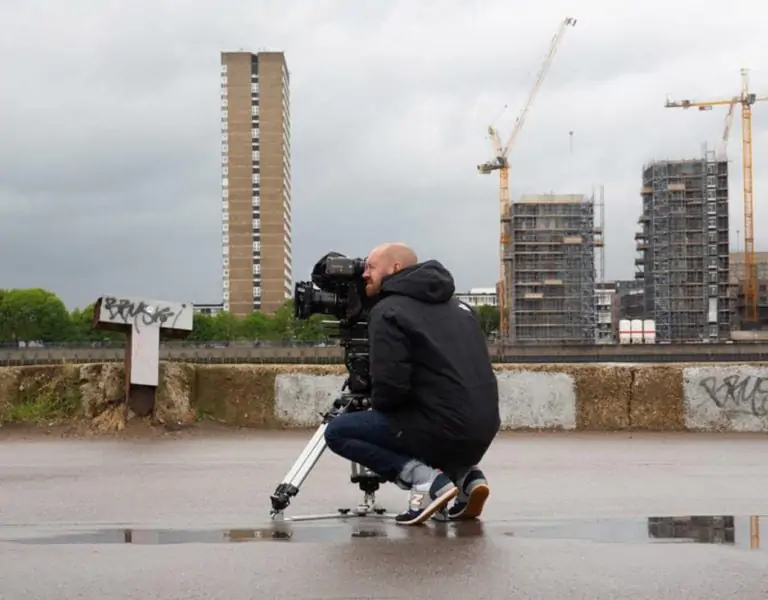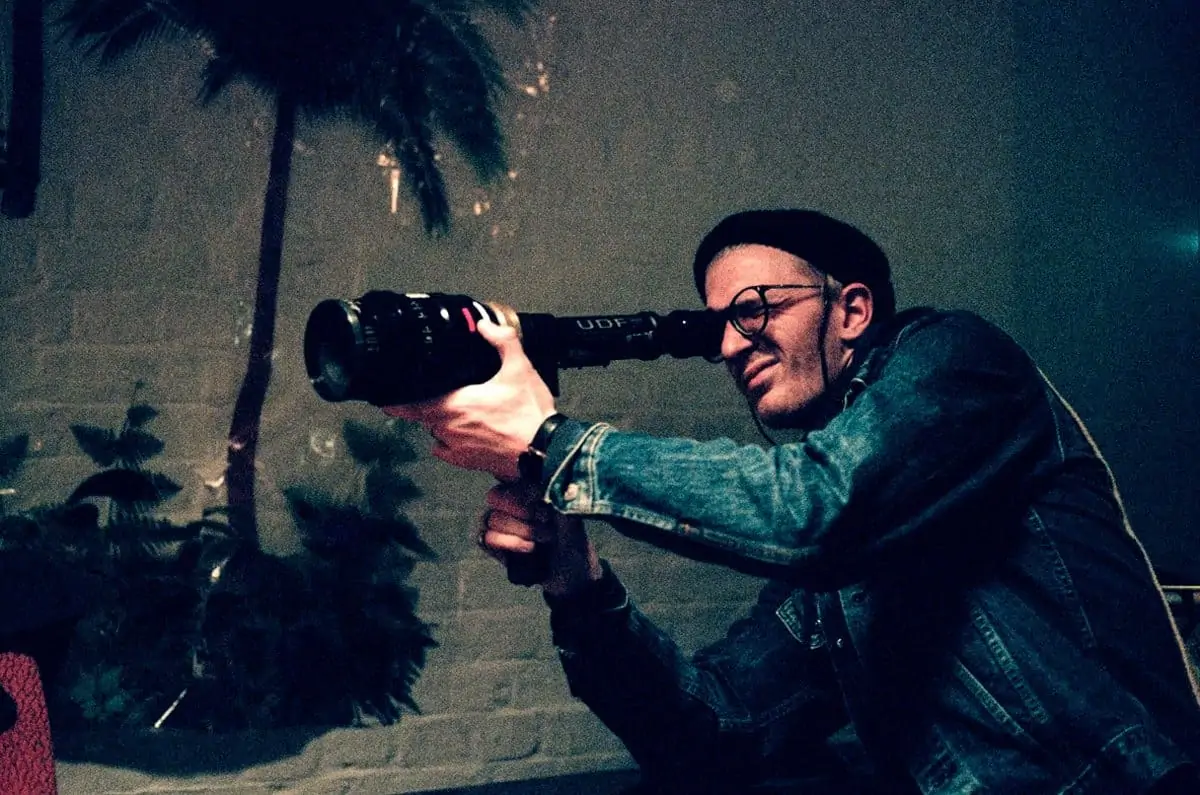SIGNATURE STYLE
Filmography so far:
Short Films: Shoal; Goodnight Henry; O Black Hole. Music videos: Metronomy; Jorja Smith; Rag’n’Bone Man; Berwyn; James Bay; Billie Marten. Commercials: H&M; Freenow; Hugo Boss.
When did you discover you wanted to be a cinematographer and what inspired you to follow this career path?
It took me a couple of years working in the industry to realise that cinematography was what I wanted to pursue. I found myself spending all my lunch breaks studying online forums (in particular David Mullen ASC’s film diaries). That opened my eyes to how light can be utilised to dramatic effect. Learning more about the art, I found that it encompassed so many of my interests in a genuinely fulfilling and enjoyable way.
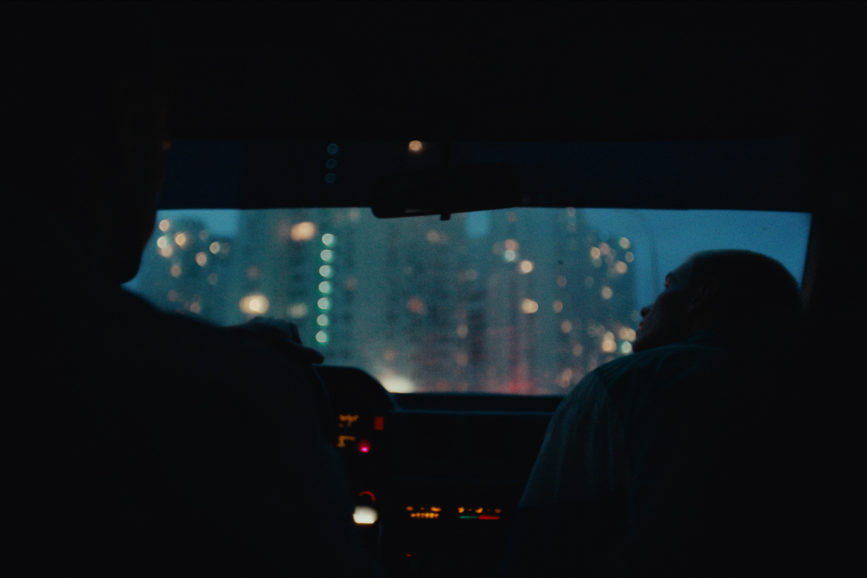
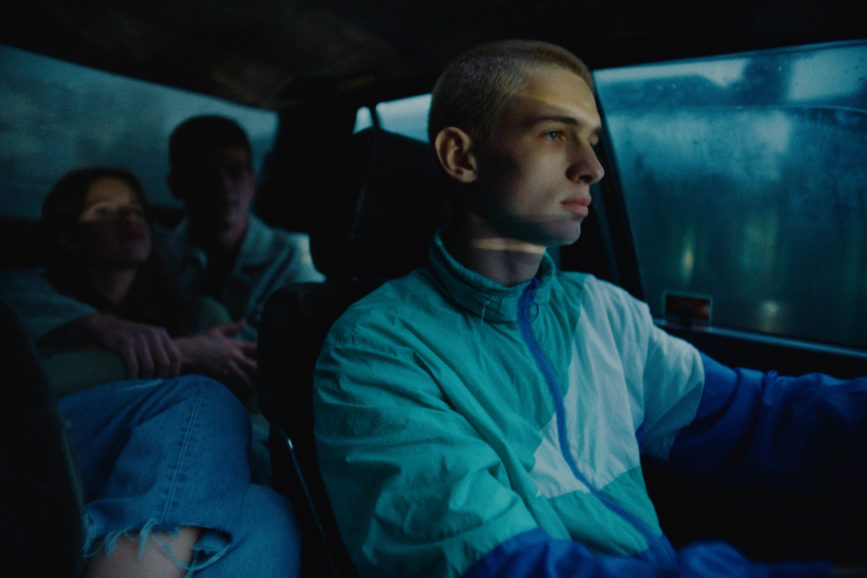
Where did you learn your craft?
I studied film theory at Exeter University and then landed a job at a production company in London, shooting and editing for two years. I then went freelance for a further six years before enrolling at the NFTS under the amazing guidance of Oliver Stapleton BSC and Stuart Harris.
What are your favourite films, and what makes them stand out to you?
City of God – wild energy
Kwaidan – haunting
Le Mépris – exquisite colour
The Look of Silence – devastating
Force Majeure – hilariously awkward
On Body and Soul – unexpectedly moving
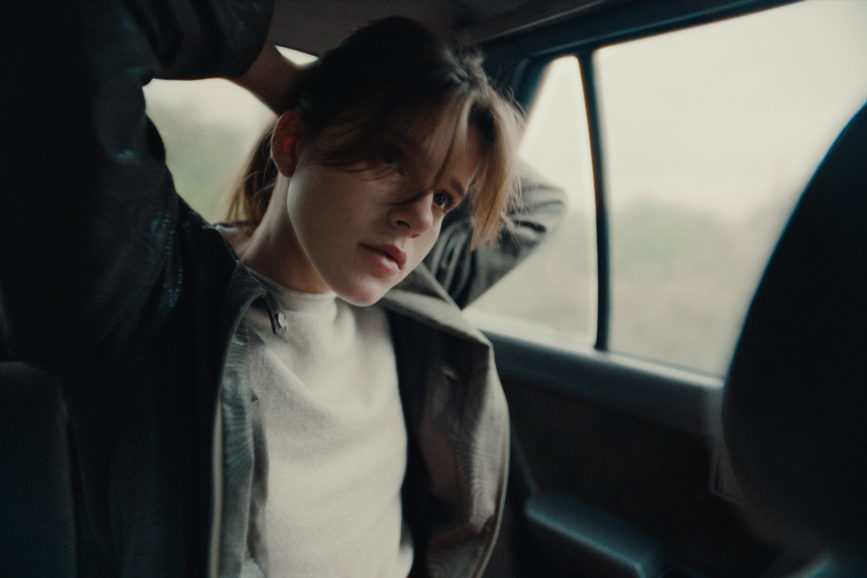
Who in the film world inspires you?
Masanobu Takayanagi – His lighting is deceptively simple but so effective and appropriate. He was also kind enough to reply to a long email I sent him when I was just starting out.
Yves Bélanger – He’s one of the most adept DPs with natural light. I’m still in awe of his work on Dallas Buyers Club and Wild. He has a childlike fascination and excitement for filmmaking.
What’s the most useful advice you’ve received and from whom?
I always come back to something Stuart Harris said to our group just as we started out at the NFTS which was: “Don’t go looking for a style, it’s already inside of you.”
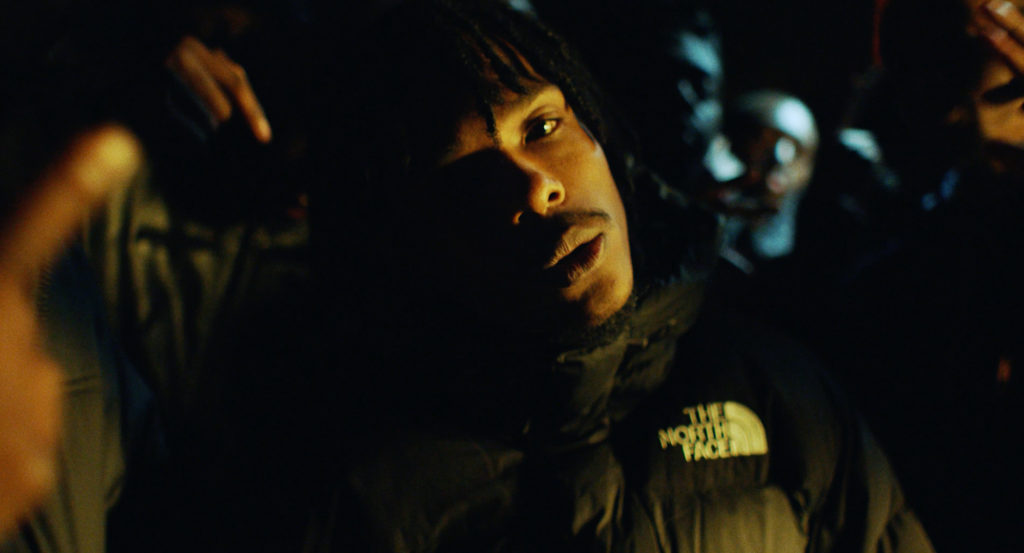
What advice would you give someone considering becoming a cinematographer?
Whichever path you choose is right for you. Some people may advise you that assisting is the way in or saying yes to every job that comes your way. In the end, you find what works for you and that’s fine.
What have been your greatest triumphs and disasters on set?
Triumph – The first time I shot 35mm was during an exercise taught by the legendary Billy Williams OBE BSC. I was tasked with shooting a night interior home invasion. I lit the scene with a torchlight and trusted my eye rather than my light meter. It gave me a real confidence with film which I’ve taken onto many projects since, including a music video shot on 16mm and lit with iPhone torches.
Disaster – Forgetting to order a magliner.
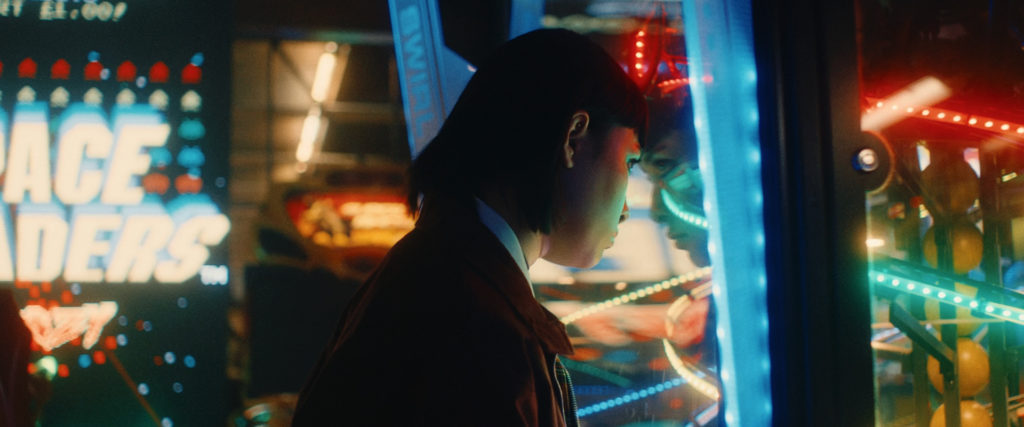
What lights your fire outside of work?
My partner, electronic music, running – for the headspace, craft beer, getting freebies from Pret, and attempting to learn Spanish.
What has been the biggest challenge in your career and how did you overcome it?
For me, calling myself a cinematographer in itself was quite a thing. I feel like a part of the community now, but it takes a while to overcome imposter syndrome. There’s so much to learn at the beginning and you’re constantly comparing yourself or being compared by others. I’m really enjoying the challenges that come my way now, as well as all the wonderful work being made by my peers.
What piece of kit could you not live without?
Emergency snacks and tea bags (nice ones!) tucked away inside my light meter pouch.
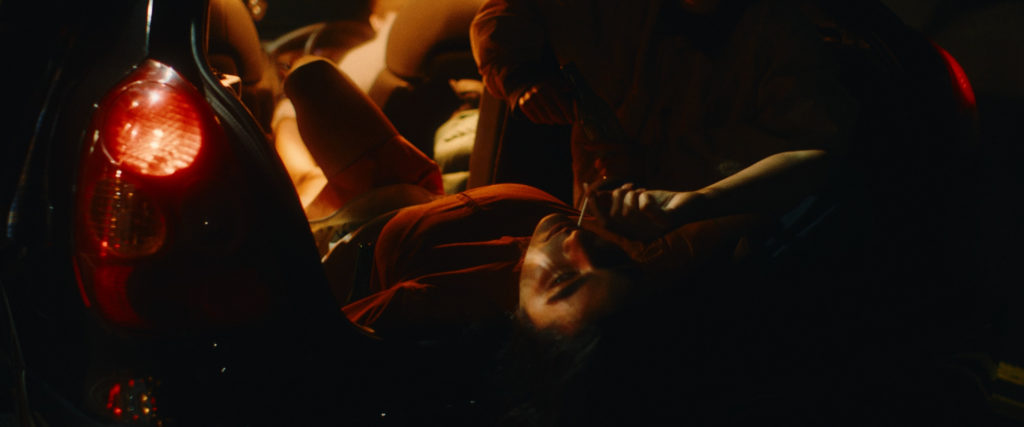
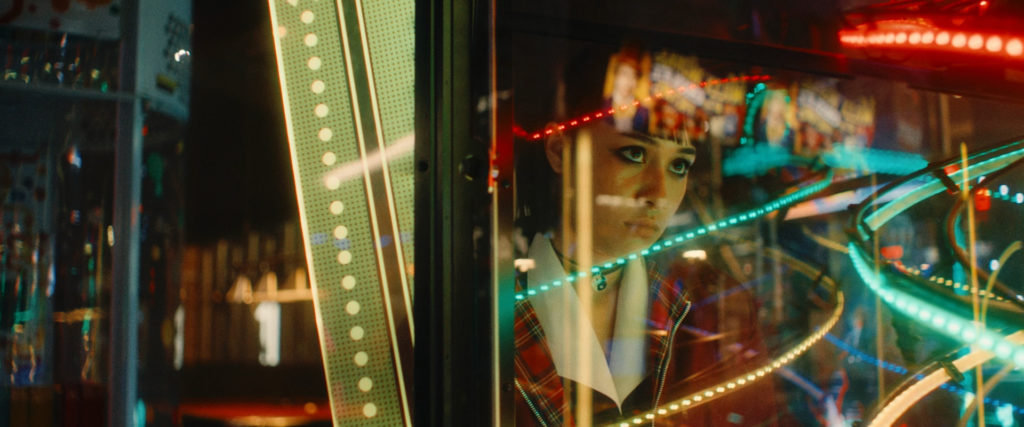
Which film would you love to have shot?
Underground (1995, Emir Kusturica) – it’s absolutely crazy and I think it must have been a real adventure to make!
Which productions are you most proud to have lensed, and why?
I shot a music video in Kiev a couple of years ago with my director friend Angelo Cerisara. We were frustrated at not being able to shoot for months over lockdown so decided to go on our own adventure once things opened up. It was completely liberating as a cinematographer – we used a single lens and my only lighting tools were a bin bag (to flag a car skylight) and an Aladdin Eyelite which I used as an interior car roof light at night. The film went on to win the Sue Gibson Award and pick up a nomination at the UK Music Video Awards.
What’s the best and worst thing about your job?
The best thing for me is the feeling of creating something special with a group of (often) random strangers who transform into close creative collaborators on the day. The worst is having to be much more sensible in everyday life for fear of getting injured!
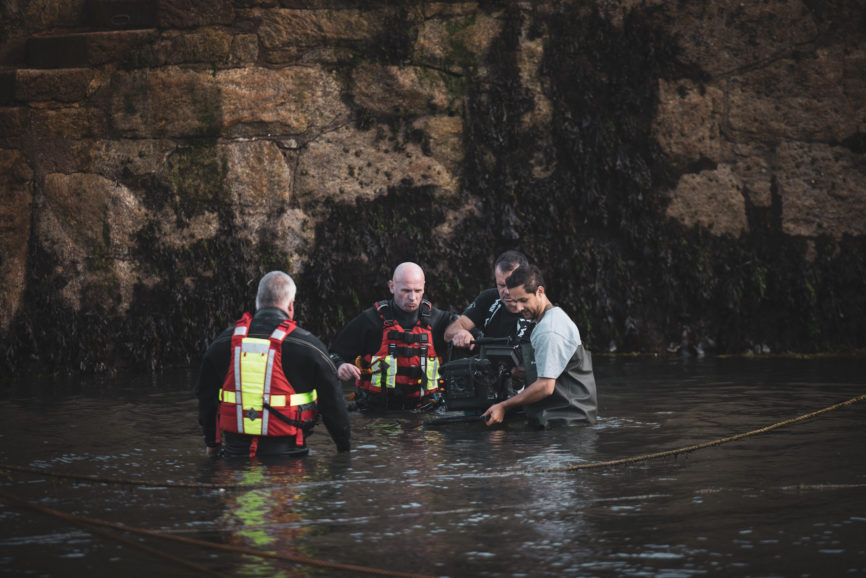
How would you best describe your approach to cinematography?
I like to keep things very simple, and often challenge myself to use a limited number of lamps to achieve what I need. I also try to be as supportive as I can in my collaboration to give the director and actors as much freedom as they need on set.
What are your aspirations for the future?
I’m just about to start prepping my first feature, so I’m excited to start the next adventure on the narrative front.
What do you think are the industry’s biggest challenges?
Taking time for yourself and making time for other people outside of work.
